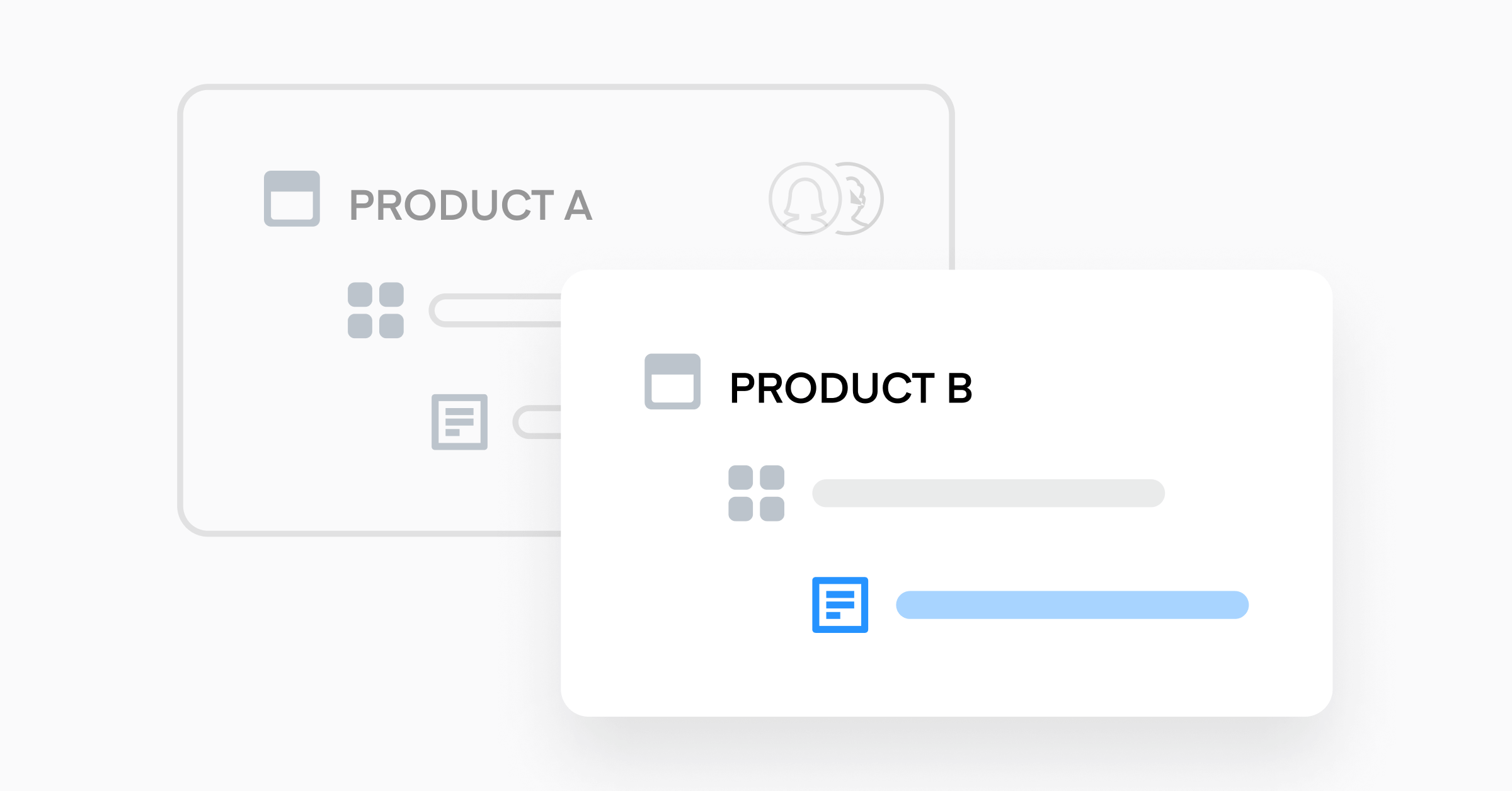Boosting Product ROI Through Agile Development

Product ROI (return on investment) measures the financial return from a business’ overall investment (e.g., spend, time, bandwidth, etc.) in their product. There are many ways to increase ROI, including prioritizing customer needs, improving marketing, and optimizing development processes. An agile approach to development in particular helps maximize returns, as this method allows product teams to respond quickly to evolving customer needs.
Agile development is an iterative and flexible approach to software development that prioritizes collaboration, adaptability, and customer feedback. It emphasizes delivering small, incremental improvements to a product in short cycles, allowing teams to respond quickly to changing requirements and optimize the development process continuously.
A well-structured product strategy plays a crucial role to better product ROI by guiding decisions on features, market positioning, and development. Your product strategy informs better decision-making by aligning customer needs, competitive analysis, and long-term business objectives.
Leaning on Agile Development for Better ROI
Agile Development in Action
Agile development is iterative and collaborative in nature. Aligning agile development practices with overarching business goals will ensure that each development sprint contributes meaningfully to the product’s success. These are the key components of agile development:
- Iterative cycles & quick feedback loops: Reduces time-to-market, potentially increasing ROI by capturing opportunities sooner
- Dynamic feature prioritization: Focus on high-impact features that align with customer needs and business objectives to maximize product ROI
- Flexibility & adaptability: Responding to changing market conditions and customer feedback efficiently will help the product stay relevant because you are always meeting demands
- Continuous customer feedback: Regular evaluations and adjustments contribute to the ongoing improvement of the product, so user needs must be taken into account throughout the product lifecycle—from ideation through testing and launch
- Cross-functional collaboration: Internal stakeholders (e.g., customer support / CX, sales, marketing, engineering, design, etc.) matter as well, so make sure to foster a holistic approach to problem-solving to address both technical and business considerations
Core Agile Principles to Consider
Ensuring sustained product relevance is the goal that underpins the principles of agile. This is achieved by adapting quickly to changing market conditions, customer feedback, and emerging opportunities. Here’s how your product and development teams can achieve the flexibility necessary to increase product ROI:
- Prioritize features based on customer needs and value to maximize the impact on user satisfaction and adoption
- Embrace short development cycles and quick releases to reduce time-to-market, capture market opportunities, and generate early returns on investment
- Establish continuous feedback mechanisms to gather insights from users, enabling rapid adjustments and improvements that align with market demands
- Encourage collaboration among cross-functional teams to leverage diverse skills and perspectives, fostering comprehensive problem-solving and innovative solutions
- Utilize data analytics to inform decisions throughout the development process, ensuring that each iteration is based on real insights and user behavior
- Develop a product strategy roadmap that aligns agile sprints with overarching business goals, ensuring that each development effort contributes directly to the organization’s success and long-term ROI
H2: Building a Foundation for Agile Product Development and ROI
Let’s review how incorporating all the key components and following core principles of agile development improves your product ROI, leading to broader business outcomes.
- Customer-centric prioritization: By placing customer needs at the forefront of decision-making, businesses can tailor their products and services to match user expectations. This leads to heightened customer satisfaction, increased loyalty, and ultimately, sustained revenue growth through enhanced market competitiveness.
- Iterative development and quick releases: Embracing iterative development and rapid release cycles accelerates time-to-market, allowing businesses to swiftly respond to evolving market demands. This agility not only captures opportunities promptly but also enables continuous improvement based on user feedback, contributing to increased customer satisfaction and optimized product performance.
- Continuous feedback loops: Establishing continuous feedback loops ensures that businesses remain responsive to market dynamics and user preferences. This iterative refinement leads to products and services that better align with customer needs, fostering long-term satisfaction, loyalty, and positive word-of-mouth, all of which contribute to increased customer retention and new adoption.
- Cross-functional collaboration: By integrating technical expertise with business acumen, businesses can deliver comprehensive solutions that address both user needs and organizational objectives. This results in better products and services that consumers will actually want to buy.
- Flexibility and adaptability: The ability to adapt to changing circumstances and customer feedback ensures that businesses remain resilient and relevant. This adaptability contributes to sustained business success by allowing organizations to navigate evolving market conditions, capitalize on emerging opportunities, and continuously refine their offerings to meet customer expectations.
- Data-driven decision-making: Leveraging data for decision-making enhances precision in strategy formulation. Informed choices based on data insights lead to more effective resource allocation, improved product performance, and better alignment with market demands, ultimately translating into positive business outcomes through increased operational efficiency and competitive advantage.
- Strategic roadmapping: Developing and following an agile product roadmap ensures that each milestone contributes meaningfully to overall success, enhancing organizational focus and resource utilization. This leads to sustained growth and strategic positioning in the market.
2 Lessons from Leaders to Quickly Boost Product ROI
Productboard helps businesses increase product ROI by facilitating agile, customer-centric development. It provides a comprehensive set of tools to optimize the product management process and enhance the overall success of a product in the market. With Productboard, organizations can build the full foundation outlined above, including but not limited to customer-centric feature prioritization, iterative development that supports quick releases, continuous feedback loops incorporated throughout the product lifecycle, easy cross-functional collaboration with strategic roadmaps—all propped up by data-driven decision making.
Trusted by leading companies like Salesforce and Zapier, Productboard facilitates the systematic execution of repeatable product strategies, ensuring customer-focused outcomes swiftly reach the market. Salesforce was able to successfully prioritize the right features based on customer needs. With flexible segmentation capabilities, their product team can identify their high-revenue customers and see what features they are requesting to make their prioritization process more efficient. Zapier successfully achieved real-time strategic roadmap alignment. Their global teams can quickly surface customer feedback and ideate on solutions cross-functionally; meanwhile, leaders can easily check data within the platform to learn how the product team is driving revenue.
With data-driven insights, Productboard supports informed decision-making, focusing on high-impact features and providing tools to track user satisfaction and measure product-market fit. See Productboard in action by starting a free trial.




